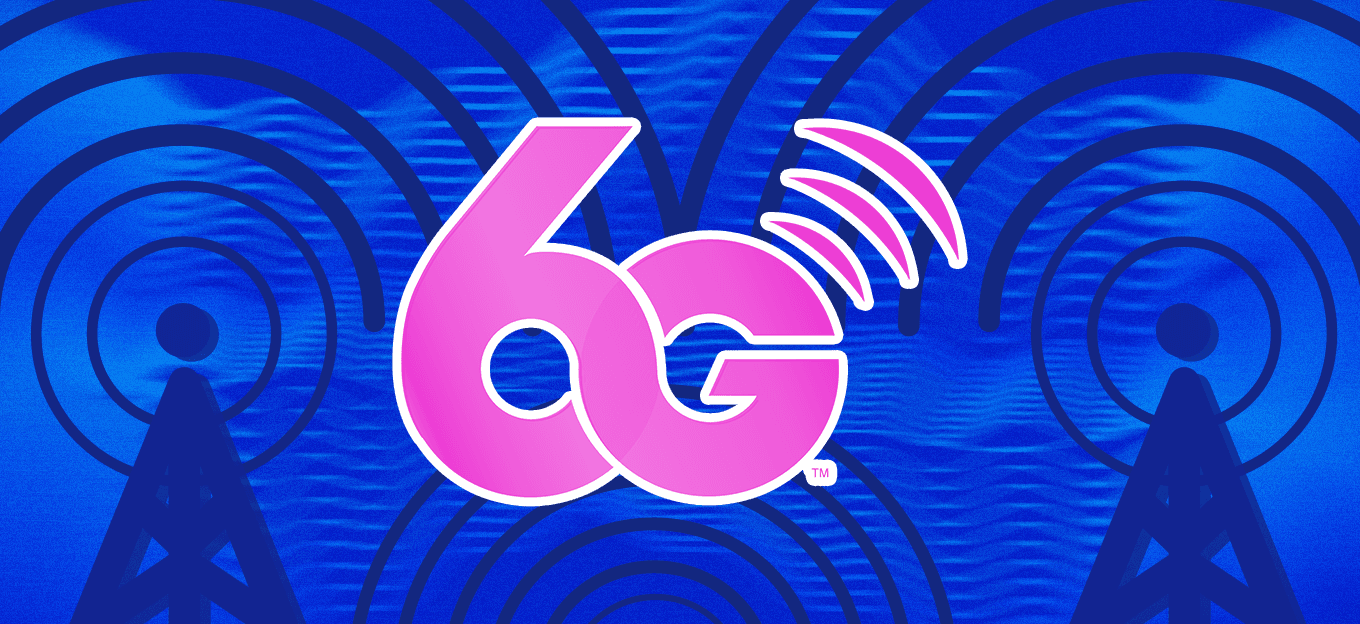NB-IoT vs LoRaWAN: Which To Use for Industrial IoT Applications?
NB-IoT vs LoRaWAN: Which To Use for Industrial IoT Applications?
- Last Updated: December 2, 2024
Viezo
- Last Updated: December 2, 2024



Enterprise decision-makers must leverage IoT to understand which Industrial IoT connectivity protocol is worth the investment. This article provides a quick overview of the LoRaWAN and NB-IoT communication protocols.
NB-IoT and LoRaWAN network architectures are designed with different applications, power performance needs, and security requirements in mind.
LoRaWAN and NB-IoT standards belong to a larger group of technologies known as LPWAN (Low Power Wide Area Networking). According to Statista, LoRaWAN and NB-IoT are expected to account for around 85.5 percent of all LPWAN connectivity by 2023.
What's the Difference?
LoRaWAN is an IoT networking protocol offered by the LoRa alliance that uses unlicensed spectrum, allowing almost anyone to set up their own networks at a low cost.
LoRaWAN is designed to provide long-range communication between widely deployed sensors and an IoT gateway that could be deployed 15-20 km away, using bandwidth ranging from 0.3KBps to 50Kbps, depending on environmental conditions. Such a scenario is beneficial for companies that operate in remote locations such as mining operators, petroleum drilling, or construction.
NB-IoT or Narrowband IoT, alternatively, is a licensed IoT protocol from the 3GPP standard organization. It uses a licensed RF spectrum, which makes it available only through a mobile operator's network. The NB-IoT standard's primary goal is to improve indoor coverage and support a massive number of low throughput devices. That means that NB-IoT and its network architecture is better optimized for Applications like wearables and smart buildings.
Power Consumption
Both LoRaWAN and NB-IoT end devices are architected with lower power consumption in mind. This is achieved by shifting end-devices to sleep mode when they are not in operation. However, LoRaWAN consumes less power than NB-IoT, making it a more viable solution where less maintenance on the end-device is required. Additionally, lower power consumption makes LoRaWAN a more cost-effective solution than NB-IoT.
Since it consumes less power, LoRaWAN also provides a longer battery life (15+ years compared to 10+ years). LoRaWAN is a primary choice for companies providing Energy Harvesting powered IoT solutions. This is one of the main arguments why LoRaWAN can be a better fit for an Industrial IoT application like manufacturing, mining, or oil & gas deployment. Many industrial deployments can be situated in hard to reach remote locations. It would be ideal for such companies if the maintenance of IoT end-devices like sensors could be avoided.
Security
For customers searching for a more secure industrial IoT solution, it should be noted that NB-IoT is built on 256-bit 3GPP encryption that is more secure than LoRaWAN and its AES 128-bit encryption. It is always best practice to ensure industrial network security, regardless of connectivity, by using certified devices and working with proven and trusted service providers.
Summary
Currently, NB-IoT and LoRaWAN standards dominate IoT. The network architectures of NB-IoT and LoRaWAN are designed with different applications, power performance needs, and security requirements in mind. For industrial deployments, a network built on LoRaWAN is a more cost-efficient option because you won’t have to lease RF spectrum from network operators and because with LoRaWAN, you can find many novel technologies that extend the battery life of sensors.
The Most Comprehensive IoT Newsletter for Enterprises
Showcasing the highest-quality content, resources, news, and insights from the world of the Internet of Things. Subscribe to remain informed and up-to-date.
New Podcast Episode

The State of Cybersecurity in IoT
Related Articles





